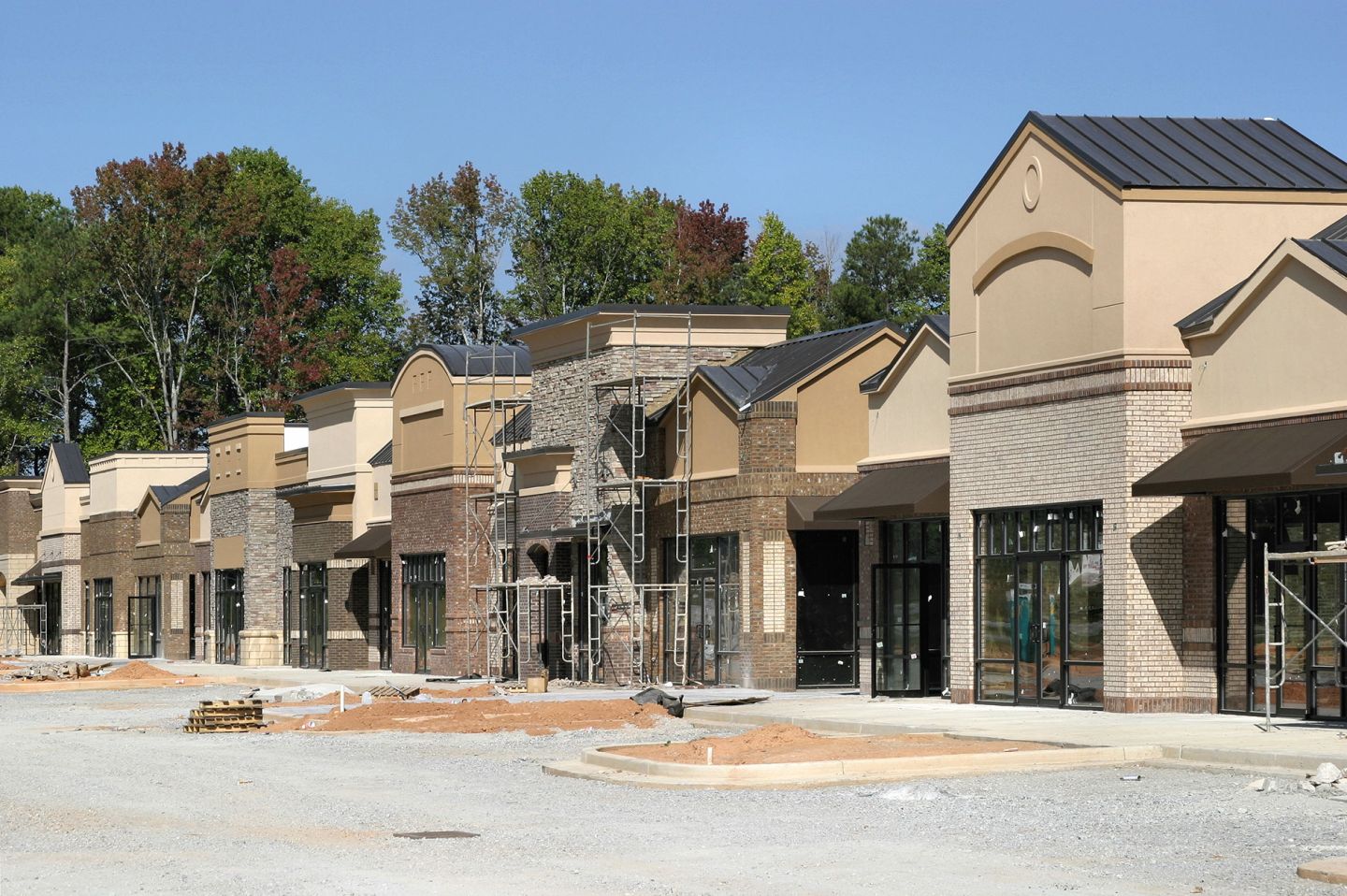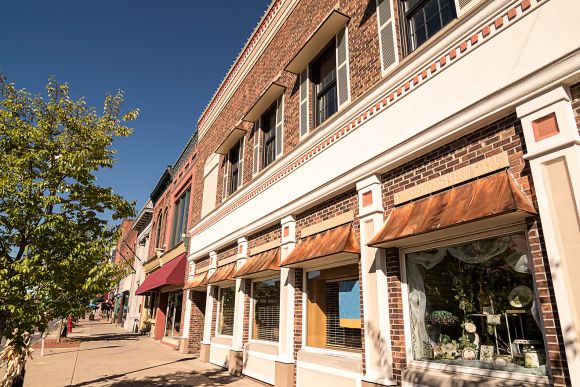Bill R. Shelton, CEcD
The general economy is perking up, so why are so many retailers closing stores?
Whether tenants are going dark due to weeding-out underperforming stores or opening newer, bigger locations to grow and maintain market share, a new wave of store closings is underway in all locations—urban, rural, and suburbs.
As the number of vacancies increase in both big and junior boxes, owners, developers, and communities are faced with the challenge of what to do with them. For the community, “vacant retail stores—like any structure—are perceived to be an indication that something has gone wrong in the community,” says Shannon Armstrong of the American Planning Association.
Filling vacant stores present special challenges for a community. Two are:
1. Absentee Owners: This refers to a person, corporation, or trust that owns and leases a property but does not live within the property’s local economic region. For communities, dealing with absentee owners is more complicated as the owner may have limited or no attachment to the property, and may be difficult or impossible to find.
2. Leases or Deed Covenants: These are restrictions that may impact the ability to re-lease a property. The owner may have restrictions in place that keep the property from being leased or sold to a potential competitor.
Creative ideas for the reuse of vacant retail stores requires the support of local government and the community to make it a reality. There are two alternative uses for vacant stores. They are:
1. Redevelopment for Retail Use: This is the first choice for most communities because they prefer the store to be a performing asset that generates sales. But, redevelopment for retail use depends on market demand and the ability to get the building retrofit for a new retailer. This reuse is complicated because some retailers don’t want to occupy second generation space, preferring built-to-suit space instead.
2. Adaptive Reuse: Adaptive reuse, sometimes called repurposing, refers to the process of using a store for a purpose other than the one it was built for. This may be a viable option to fill vacant retail space if there is insufficient demand for retail space. Some of the more frequent reuses of vacant retail space is for government buildings, public libraries, gyms, schools, and churches.
Regardless of which option the community chooses, there are ample opportunities for local government involvement to provide financial and tax incentives, community support, and aggressive marketing initiatives to fill vacant spaces.
In addition to local efforts, Wal-Mart Reality partners with communities to find uses for vacant stores that best fit a community’s needs. Their economic development team has been very successful in converting former stores and marketing existing vacant stores.


